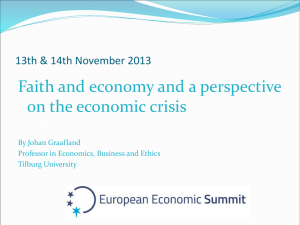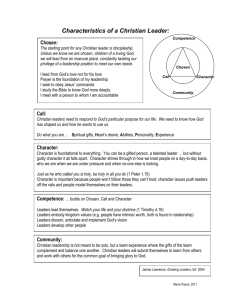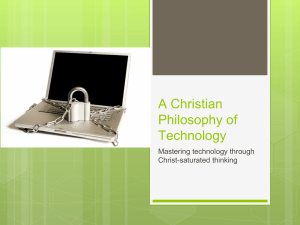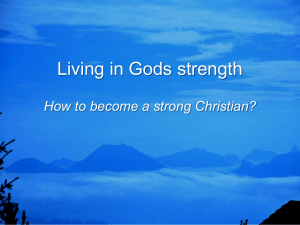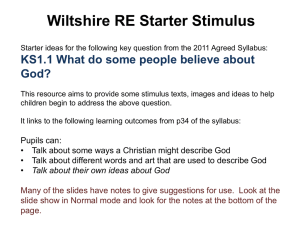Key Assumptions on Community Development
advertisement
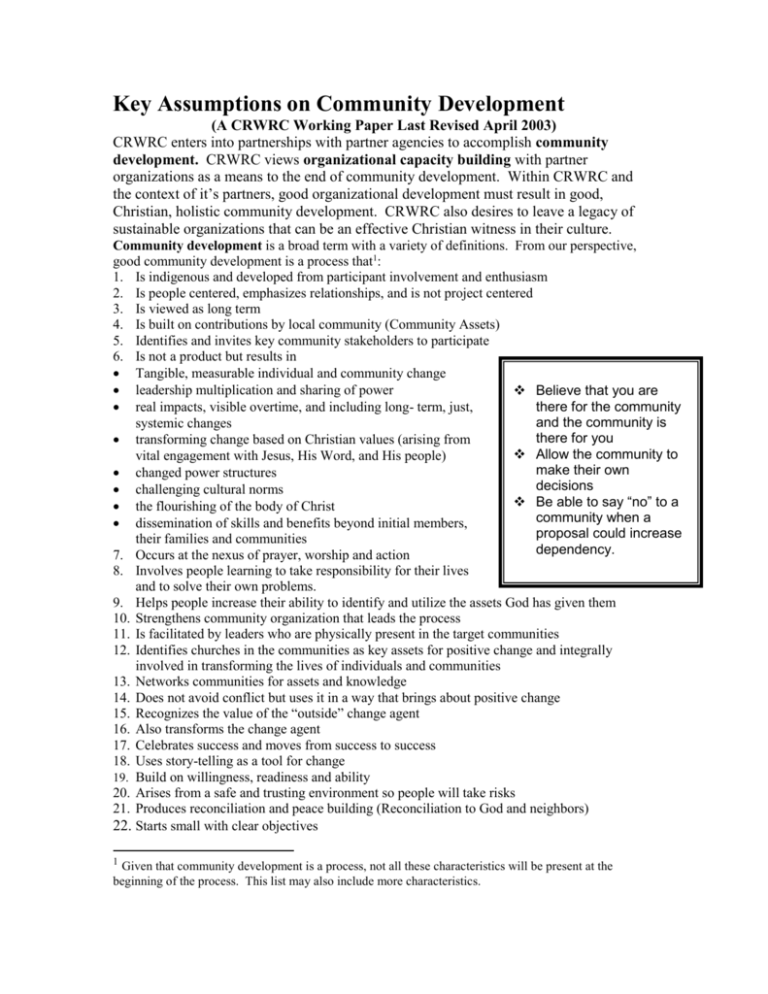
Key Assumptions on Community Development (A CRWRC Working Paper Last Revised April 2003) CRWRC enters into partnerships with partner agencies to accomplish community development. CRWRC views organizational capacity building with partner organizations as a means to the end of community development. Within CRWRC and the context of it’s partners, good organizational development must result in good, Christian, holistic community development. CRWRC also desires to leave a legacy of sustainable organizations that can be an effective Christian witness in their culture. Community development is a broad term with a variety of definitions. From our perspective, good community development is a process that1: 1. Is indigenous and developed from participant involvement and enthusiasm 2. Is people centered, emphasizes relationships, and is not project centered 3. Is viewed as long term 4. Is built on contributions by local community (Community Assets) 5. Identifies and invites key community stakeholders to participate 6. Is not a product but results in Tangible, measurable individual and community change leadership multiplication and sharing of power Believe that you are there for the community real impacts, visible overtime, and including long- term, just, and the community is systemic changes there for you transforming change based on Christian values (arising from Allow the community to vital engagement with Jesus, His Word, and His people) make their own changed power structures decisions challenging cultural norms Be able to say “no” to a the flourishing of the body of Christ community when a dissemination of skills and benefits beyond initial members, proposal could increase their families and communities dependency. 7. Occurs at the nexus of prayer, worship and action 8. Involves people learning to take responsibility for their lives and to solve their own problems. 9. Helps people increase their ability to identify and utilize the assets God has given them 10. Strengthens community organization that leads the process 11. Is facilitated by leaders who are physically present in the target communities 12. Identifies churches in the communities as key assets for positive change and integrally involved in transforming the lives of individuals and communities 13. Networks communities for assets and knowledge 14. Does not avoid conflict but uses it in a way that brings about positive change 15. Recognizes the value of the “outside” change agent 16. Also transforms the change agent 17. Celebrates success and moves from success to success 18. Uses story-telling as a tool for change 19. Build on willingness, readiness and ability 20. Arises from a safe and trusting environment so people will take risks 21. Produces reconciliation and peace building (Reconciliation to God and neighbors) 22. Starts small with clear objectives 1 Given that community development is a process, not all these characteristics will be present at the beginning of the process. This list may also include more characteristics.


